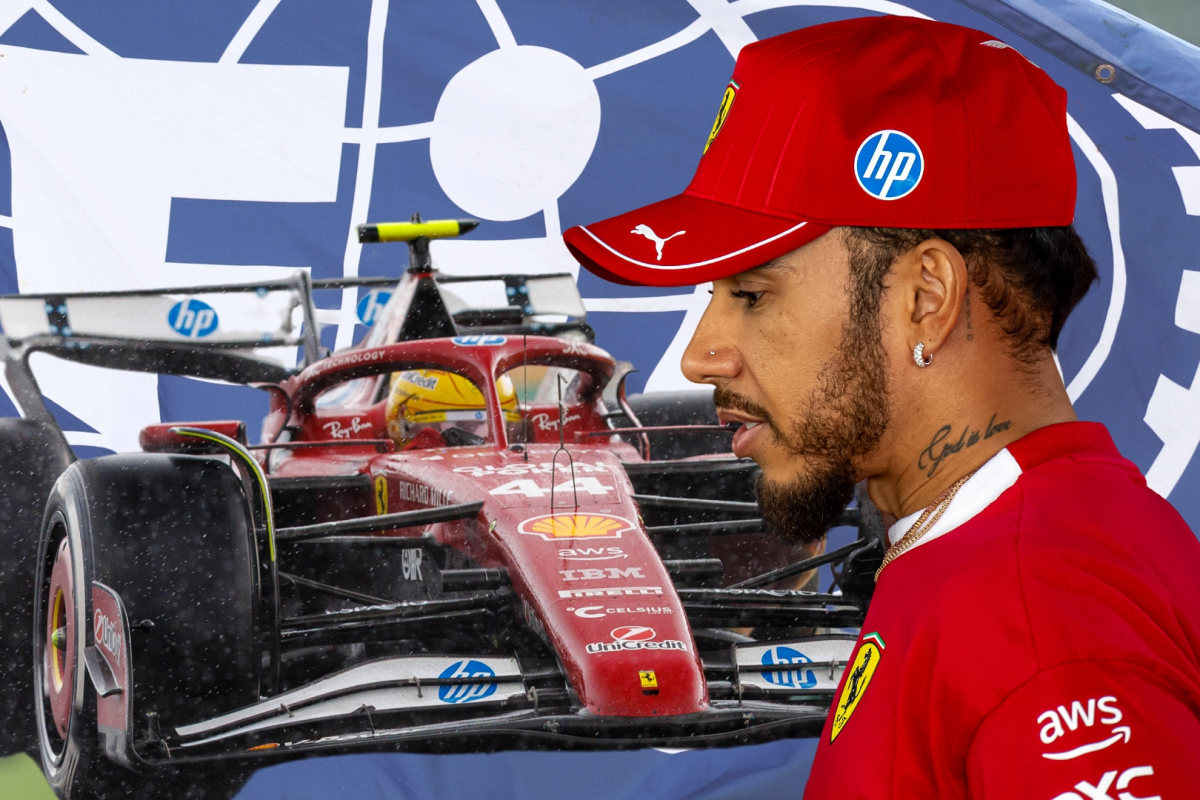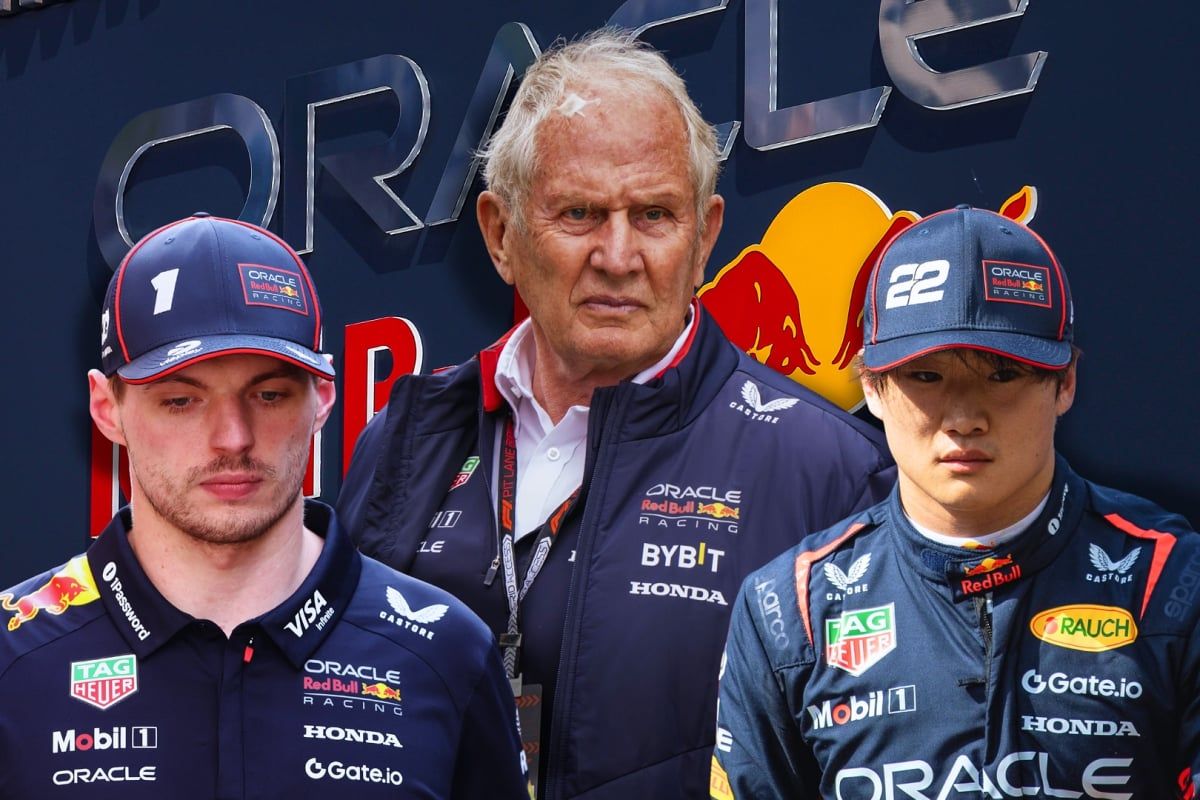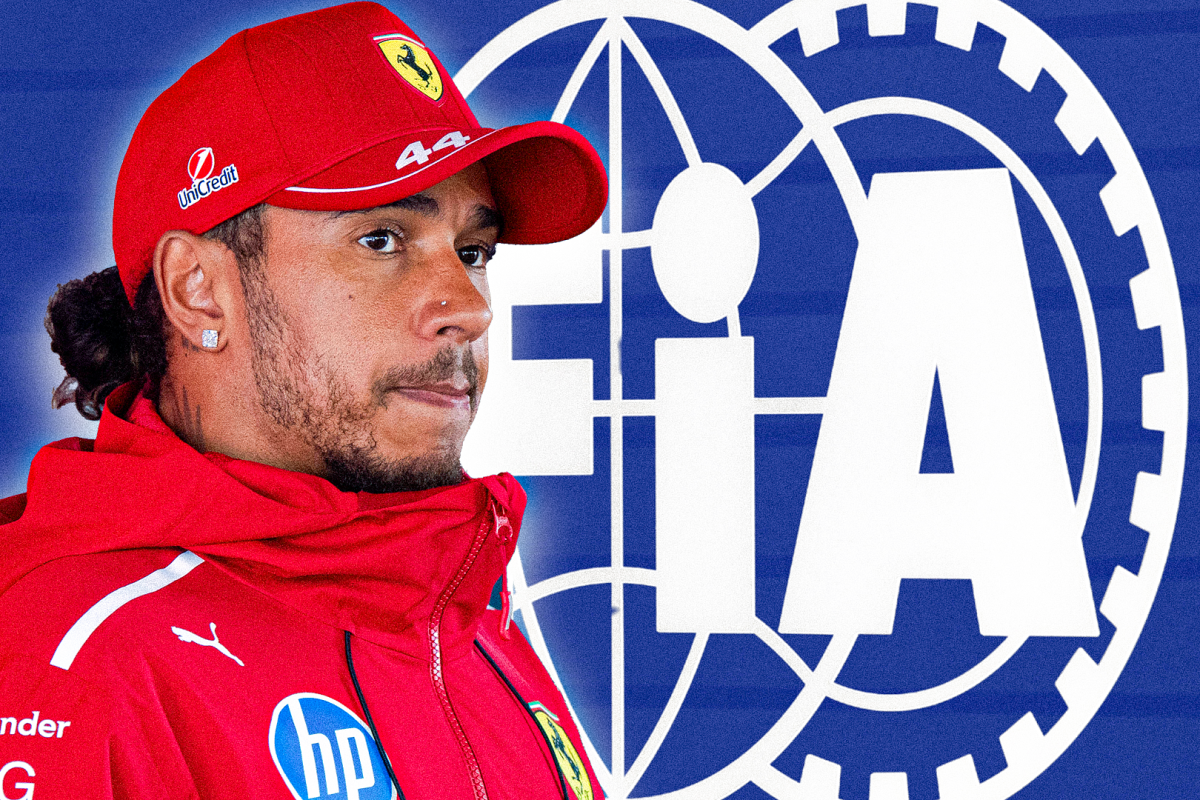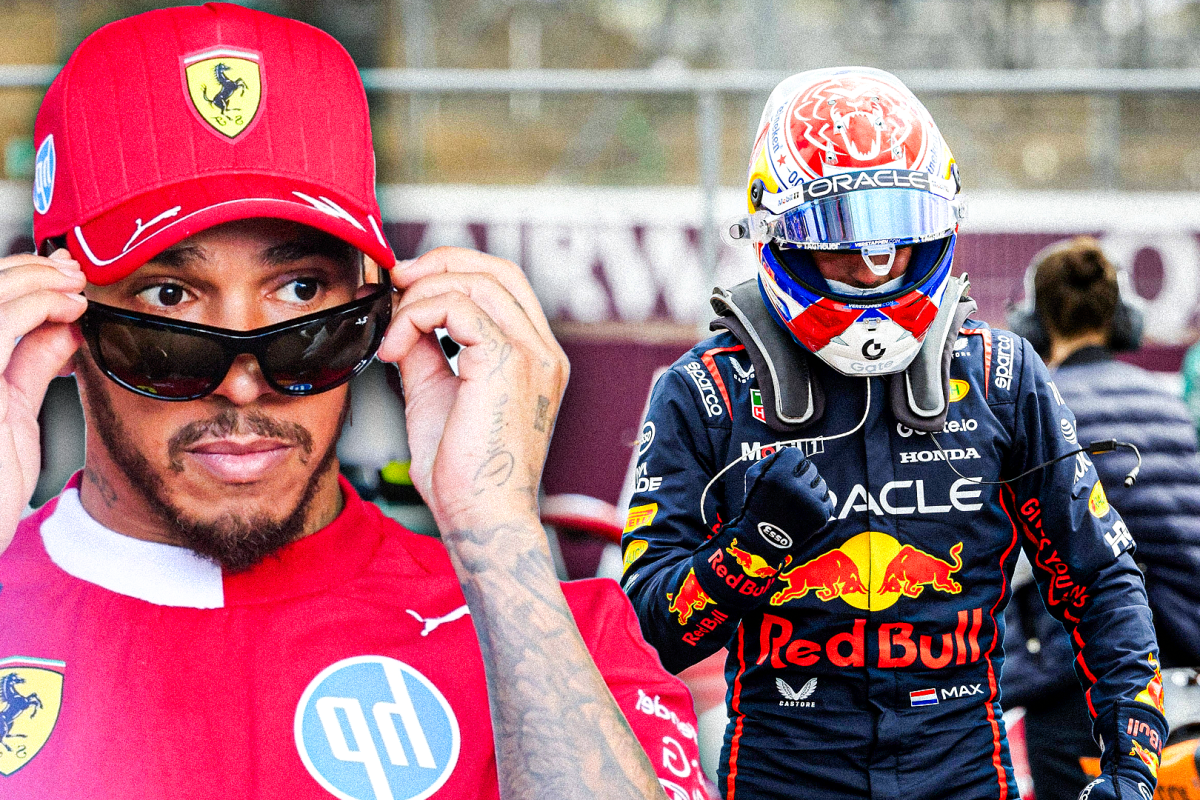Breaking news: FIA announce post-race Monaco Grand Prix inspection as L… read more
The FIA has announced a post-race inspection following the conclusion of the Monaco Grand Prix, during which Lewis Hamilton underwent scrutiny with samples taken from his Ferrari vehicle. This procedure is standard practice aimed at ensuring compliance with regulations in Formula 1.
Lewis Hamilton, a seven-time world champion, faced a challenging weekend at the Monaco GP, which went awry due to a three-place grid penalty he incurred during the qualifying session. The penalty was a consequence of Hamilton impeding fellow competitor Max Verstappen while he was attempting to set his fastest lap. As a result, Hamilton was forced to start the race from seventh position, trailing behind not only Verstappen but also fellow driver Fernando Alonso, who also qualified for the race.
Hamilton’s weekend had started with high expectations, given that the Monaco Grand Prix is known for its unique challenges and its emphasis on driver skill, making it a prestigious event in the Formula 1 calendar. However, the incident during qualifying was a pivotal moment that impacted his race strategy right from the outset.
The Monaco circuit, characterized by its narrow streets and challenging corners, often requires precision and planning. The decision by the race stewards to impose a penalty highlighted the competitive nature of Formula 1, where drivers must navigate the fine line between aggression and sportsmanship. The FIA’s action demonstrated its commitment to upholding these standards, ensuring that all drivers adhere to the rules in order to maintain fairness and safety on the track.
Starting from P7, Hamilton had the difficult task of climbing through the field in a race where overtaking opportunities are limited. Despite his experience and skill, he faced significant challenges maneuvering past the cars in front of him. The inherent difficulty of overtaking in Monaco meant that any advantage he might have gained from his previous seasons would be tested under these demanding conditions.
During the race, Hamilton fought hard to make positions, showcasing his determination and racing prowess. However, the adverse start position affected his ability to challenge for the lead effectively, as he had to contend not only with cars ahead but also with the strategic dynamics of the race itself. The midfield battles are often intense, and with the leading pack racing ahead, opportunities to make significant gains were few and far between.
After the conclusion of the race, the FIA conduct thorough inspections when necessary, particularly in cases where penalties were involved or where there might be questions surrounding compliance with technical regulations. The taking of samples from Hamilton’s Ferrari was part of this procedure, adding another layer to the post-race scrutiny that many drivers experience.
These inspections serve multiple purposes. They ensure that all components of the cars are within regulatory limits, and they also help to maintain the integrity of the sport by deterring any potential breaches of rules. Such proactive assessments are critical in an environment where technological advancements are constantly evolving, and teams are always seeking competitive edges.
Overall, the Monaco Grand Prix weekend was a reminder of the precarious balance between skill and regulation in Formula 1. Hamilton’s experiences during this event highlight the challenges drivers face, not just on the track but in navigating the complex landscape of competitive racing. As the season progresses, both the drivers and their teams will undoubtedly reflect on these experiences, gleaning lessons that could prove invaluable in future races.




